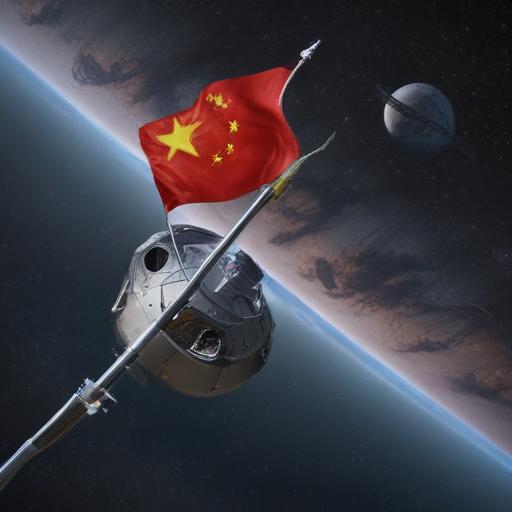The Tianwen-2 probe, launched by China on May 29, is currently making significant progress in its mission, operating successfully in orbit for over eight days and covering a distance of more than 3 million kilometers from Earth. This information was released by the China National Space Administration (CNSA) on Friday.
One of the highlights of the mission, as showcased in an image from the probe’s surveillance camera, is the sight of its unfolded solar panel, which is crucial for powering the spacecraft during its deep-space journey. Tianwen-2 is China’s first asteroid sample-return mission, aimed at enhancing our understanding of asteroid formation and the early solar system.
The mission is set to achieve several ambitious objectives over the next decade, including the collection of samples from the near-Earth asteroid 2016HO3 and exploring the main-belt comet 311P, which is located farther from Earth than Mars. The probe’s design features circular, flexible solar panels that help meet its energy requirements throughout this extensive voyage.
Ultimately, Tianwen-2 presents an exciting opportunity for scientific discovery, contributing valuable insights into both asteroids and the broader history of our solar system. This ambitious mission not only exemplifies China’s growing capabilities in space exploration but also brings hope for further advancements in our understanding of the cosmos.
